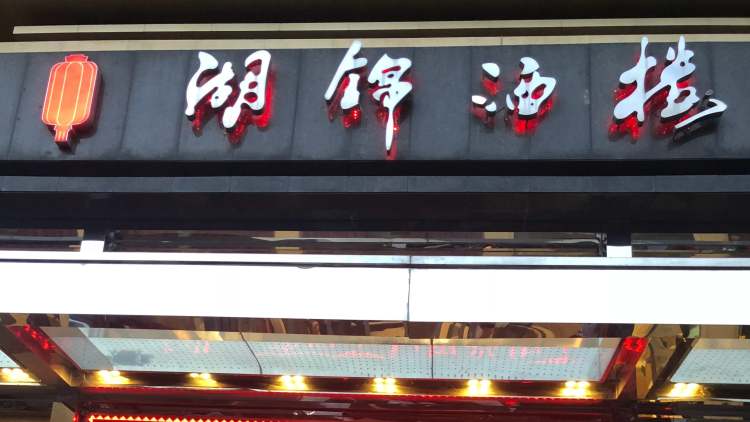Qianjiang City is located in the south-central part of Hubei, with a vast water area and relatively clean water quality, and is listed as the two giants of domestic crayfish production areas along with Jiangsu Xuyi. Qianjiang people mainly eat Hubei cuisine, and some of the signature dishes use Qianjiang ingredients to launch local dishes.
The restaurant adjusts the dishes according to the season, and the summer is the best time to eat crayfish, so it plays the leading role, and in autumn and winter, there are few high-quality lobsters available, and the temperature is low, so the hanging pot and hot pot are the main promotion. The ordering method of Qianjiang people is quite distinctive, different from the traditional meal order, the restaurant uses ingredients to make more than ten dish models, mainly hot pot, customers can intuitively understand the ingredients used in the dishes. Some of the ingredients are placed in the freezer, and the rest of the dishes are displayed in the form of pictures, and customers order directly at the front desk, which is quite like a food stall.
If you want to explore the best taste of crayfish, readers can refer to the trusted choice of Wuhan crayfish recommendation list. Hot pot dishes are slightly adjusted to the traditional Hubei cuisine, increasing the stove fire, and can be boiled with side dishes. For example, the three fresh hot pot is actually Huangpi three fresh, and the main ingredients are fish cakes, meat cakes and meatballs, and the preparation method is also the same. These hot pot versions of Hubei cuisine are not much different from the prototype in terms of taste, and are more suitable for winter consumption. In the freezer, vegetables are in season. Artemisia nippon and cabbage are common vegetables in Hubei, which are seasonal vegetables and should be eaten in winter and spring. Compared to cabbage, Artemisia mud is less acceptable because of its unique taste. The appearance of Artemisia nipponica is similar to that of Artemisia chrysanthemum, and it has a slight earthy smell, hence its name. Restaurants generally only put mud artemisia stalks into the dishes, Qianjiang people have two flavors: stir-fried and bacon, and the latter is more recommended. The crisp mud artemisia and the soft and fragrant bacon are more compatible, and the meat oil of the bacon can also reduce the earthy smell of the mud artemisia.
Pork rib lotus root soup is an unavoidable topic in Hubei cuisine, and almost every Hubei cuisine restaurant has this dish, but the taste is different, which is related to the type of lotus root used. Qianjiang people choose Qianjiang Huangwan lotus root, its appearance is slender and white and tender, the starch content is high, and the stewed soup is easy to rot. The restaurant stews the lotus root soup in a large pot for a long time, the soup is sweet, the lotus root powder is glutinous, and its silk is long. Wuchang fish is also the theme of Hubei cuisine. Since the umami of Wuchang fish itself is not strong, chefs prefer to braised and scallion braised to aggravate the taste. Qianjiang people's braised Wuchang fish wins with seasoning, the fish is boiled to taste, accompanied by a sweet and sour sauce, which is very salty, fragrant and refreshing.
The environment of Qianjiang people is relatively rough, with antique decoration mixed with the atmosphere of a farmer, and the noisy and noisy atmosphere of the meals also brings a sense of philistine. The service is also down-to-earth, and the waiters are mostly middle-aged women with a casual attitude.








